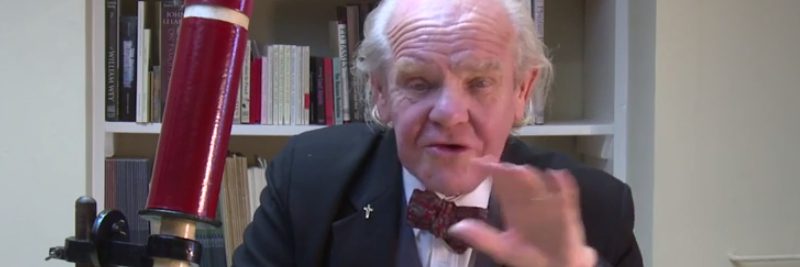Robert Hooke was a unique man, born ahead of his time perhaps in the 17th century. There are three distinct periods to Hooke’s life: he was a broke scientific inquirer, he came into money and was known for being a hard working honest man after a fire in his community, and he eventually became ill and had many intellectual disputes that were reportedly due to jealousy. A freethinker who was an expert in several different forms of mathematics, one of his first epiphanies came when looking into a microscope at some cork. He called these little pores that he called “cells,” which we still use in scientific terminology today.
Here is a look at Hooke’s other inventions that have shaped the world today:
The Universal Joint
Allowing a rigid rod to bend in any direction at a coupling point, the universal joint is still in use today and is even called Hooke’s joint sometimes because of his work on this flexible coupling. Although this type of joint was used for years before Hooke looked at it, what he contributed to the process was that there was a variable rate of movement that could be measured within the joint to give it more flexibility. His initial proposal was to combine a universal sundial motion within the confines of the existing universal joint of his time and you can find this joint in use most notably in the modern vehicle transmission.
The Iris Diaphragm
If you have a camera that has an adjustable lens, go take a look at it to see how it opens and closes. Similar to what happens inside the eye when light levels vary, the iris diaphragm allows the user of a camera or a microscope to control light levels to strengthen, lighten, or add contrast to the image being seen. It opens and closes just like a pupil does, has two to eight blades, and allows for fine control that is needed for observation.
Hooke realized he couldn’t just stop there with the lens. He needed to be able to finely control the lens in an easy way while using it, especially when looking at cells through a microscope. To accomplish this, he also invented a spiral gear that would help to adjust the setting of the lens. He was able to transfer this idea over to the telescope as well so that observations of heavenly bodies could also become more accurate.
The Modern Balance Wheel
Have you ever wondered what makes your clock stay in time with the actual time it happens to be? This is controlled by a balance wheel, which controls the speeds of which a timepiece turns. Hooke didn’t invent clock movements by any means, but he did realize that clocks and movement could be controlled with more consistency by adding a balance spring to a balance wheel. It allows oscillation with the time piece, making timekeeping accurate. Any clock with gear movement in use today has Hooke to thank for its accuracy.
Strong proponent of individual liberty and free speech. My goal is to present information that expands our awareness of crucial issues and exposes the manufactured illusion of freedom that we are sold in America. Question everything because nothing is what it seems.



















